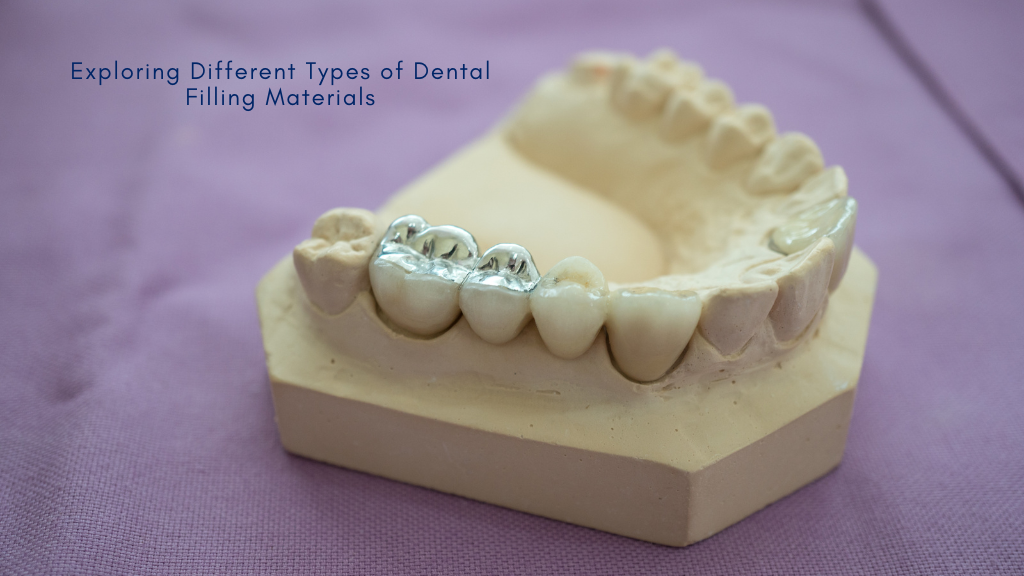Maintaining good oral hygiene is important to ensure healthy teeth and gums. However, despite our best efforts, cavities may still develop. It is important to promptly address any cavities as they can further damage the tooth. Dental fillings are one of the many tools dentists use to repair the surface of a tooth that has been damaged by decay.
Currently, there are multiple types of dental fillings available for individuals. Each type has its own advantages and disadvantages. In this regard, let’s explore some of the most commonly used options for dental fillings.
Amalgam Fillings:
It is, also known as silver fillings It is used in dentistry for over a century. They are made up of a mixture of metals, including silver, tin, copper, and mercury, and are a preferred option due to their durability and affordability. However, some patients may feel uneasy about the presence of mercury in the fillings. Notably, the amount of mercury in amalgam fillings is minimal and considered safe.
Composite Fillings:
Composite materials are a combination of plastic resin and ground white glass particles. They are used for dental fillings and are either white or lightly stained, giving them a natural appearance. They are ideal for visible areas of the mouth because their colour can be matched to the patient’s teeth. Unlike conventional fillings, composite fillings are directly bonded to the tooth structure, requiring less tooth preparation. This results in more healthy tooth structure being preserved. However, they are only suitable for small to medium-sized cavities and are not as durable as amalgam fillings. This means that they may need to be replaced sooner than amalgam fillings.
Ceramic Fillings:
Tooth-colored ceramic fillings that are made from a high-quality material, often referred to as porcelain, are the inlay/onlay alternative. Furthermore, they are designed to resemble one’s natural tooth enamel. These amalgams are all crafted in a professional dental laboratory. They are often used to fill in most of the cavities and for patients who prefer a more appealing aesthetic. Ceramic fillings, which are characterized by high resistance to abrasion and do not change their colour, are a perfect restoration method for patients with cavities. They are pretty expensive when compared to the other types of fillings.
Glass Ionomer Fillings:
Glass ionomer fillings are composed of a blend of glass and acrylic. They discharge fluoride, which helps in safeguarding the tooth from further decay. These fillings are frequently utilized in areas of the mouth that do not endure heavy chewing pressure, such as on the surface of a tooth close to the gum line. They are not as long-lasting as other types of fillings and may require replacement more often.
A patient should consider many variables while deciding on a suitable filling for a cavity. These criteria include the size and location of the cavity, budget and aesthetic desires, and the dentist’s recommendation. An essential step is to discuss the feasible options and the most preferable material for your filling with your dentist.
The purpose of dental fillings is to restore the health and function of decayed teeth. Today, patients have more options to improve their smiles thanks to advances in dental materials and techniques. There are different types of fillings available, including traditional amalgam, tooth-colored composite, ceramic, and glass ionomer. Although it can be expensive, restoring your oral health is definitely worth the cost.

